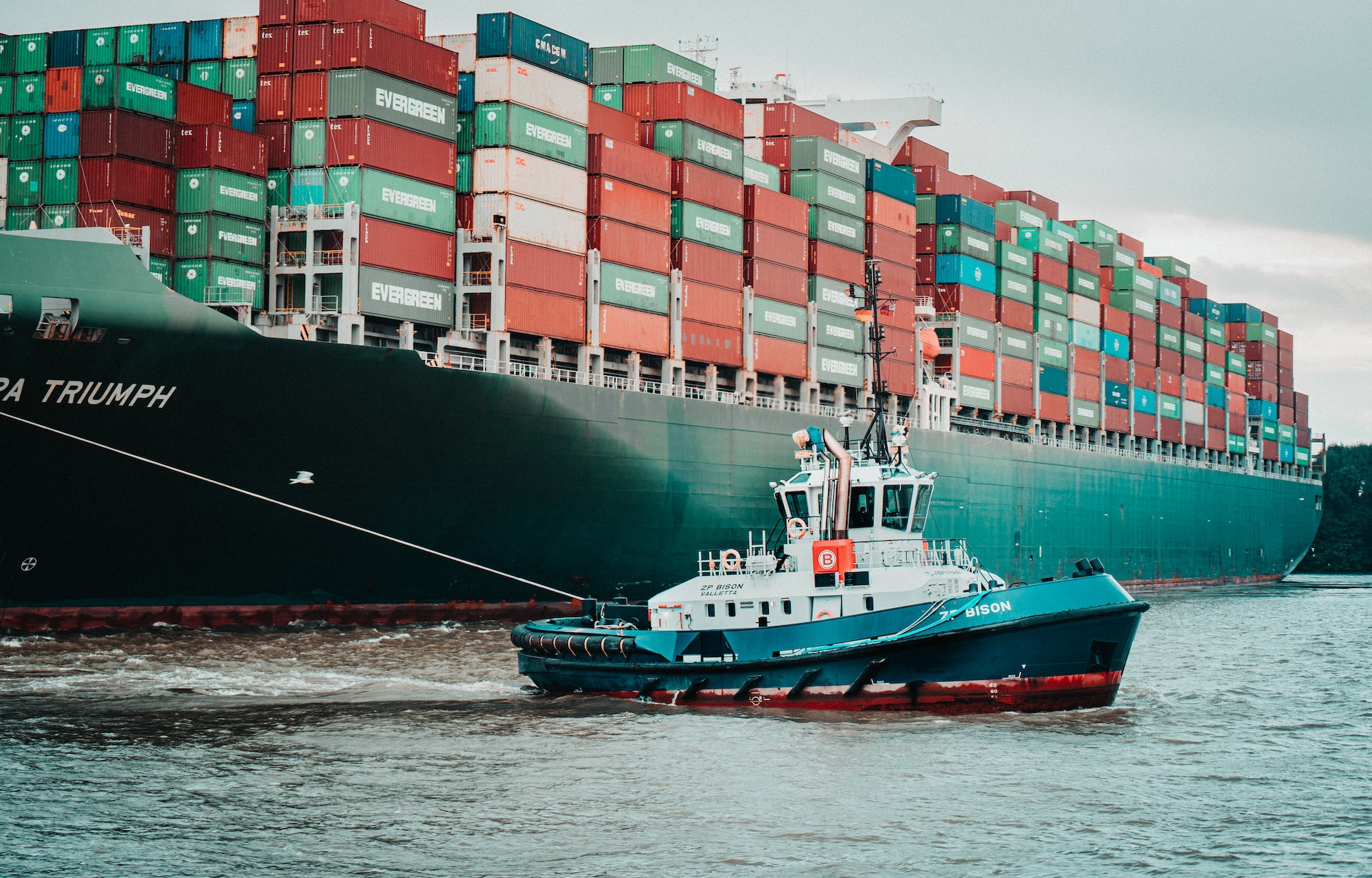Is your holiday wish list full of eco-friendly gadgets? Even if you’ve been decidedly nice, supply chain fragility may impact what ends up under your tree. A pandemic worsened shortages in the world’s supply of resources like critical minerals needed for renewable energy and technological innovation, and delays and rising inflation naturally followed. But now that we’re increasingly aware of our resource problems, we can start to examine how technology like AI can make our supply chains—and our holidays—more resilient.
A new White House Council on Supply Chain Resilience is targeting these economic problems to improve the availability and flow of goods. The Council plans to review, monitor, and strengthen global supply chains by leveraging technology to catalog available resources and foster better identification and communication of weak points in networks that lead to disruptions and their downstream effects.
At Uncharted we’re working on several ambitious projects aimed at solving aspects of these problems. We’re investigating how human-in-the-loop (HIL) tools powered by AI might help subject matter experts extract, model, and visualize critical mineral resources and supply chain networks as a whole to identify weak points and opportunities to mitigate risk.
Bringing new tech to old maps
The U.S. has its own domestic supplies of critical minerals, but its knowledge of where they are is often locked in physical, decades-old mineral exploration and mining maps. Last year DARPA and the U.S. Geological Survey (USGS) co-sponsored an international AI for Critical Mineral Assessment Competition to unlock these details for the digital age. Uncharted received two prizes (one first place and one third place) for prototypes we developed to automatically georeference scanned historical maps and extract marked geological features which could be used to predict deposits of critical minerals.

Historical USGS maps hold a wealth of information about critical minerals, but sophisticated AI tools are required to help the agency process them in a timely manner. | Images: USGS.
We’ve used this work as our jumping off point for a new scalable ensemble approach that combines AI and computer vision with human interaction to extract a variety of features with high precision. If successful, our efforts will help government agencies more quickly assess all of their nation’s critical minerals.
Learn more:Charting supply chains from disruption to resilience
In addition to helping predict critical mineral availability, we’re also working on Recourse, a new research project to assess, forecast, and visualize how disruptive events impact massive supply-demand networks. Because there is no single dataset encompassing all global supply chains, Recourse maps supply-demand data from various sources and fidelities to purpose-driven graph analytics for actionable decisions and preemptive planning. It enables analysts and decision makers to find vulnerabilities and manage risk across massive, multi-tier supply and demand networks by running hypothetical shock scenarios.

Our work on Recourse is informed in part by our long history of risk analytics and visualization research and application development for finance and supply chains.
Early warning systems as beacons for predicting and responding to disruptions
Another key aspect of fortifying supply chains is developing early warning systems that allow governments and industry to share information about potential disruptions to critical resources. Uncharted is currently deepening early warning systems for a supply chain vendor by leveraging AI recommendations and human-machine interfaces to help them predict disruptions, assess impacts, and choose appropriate responses. Utilizing many diverse datasets, the system can construct models to generate alerts based on techniques such as machine-learning classifiers or statistical thresholds for key metrics. Natural language generation then computationally extracts insights from the data to provide appropriate context for the human analyst.

Communication between allies and partners is key to a functioning supply chain. Early warning systems flag key indicators and surface relevant information in context to identify potential disruptions so they can be shared and planned for.
